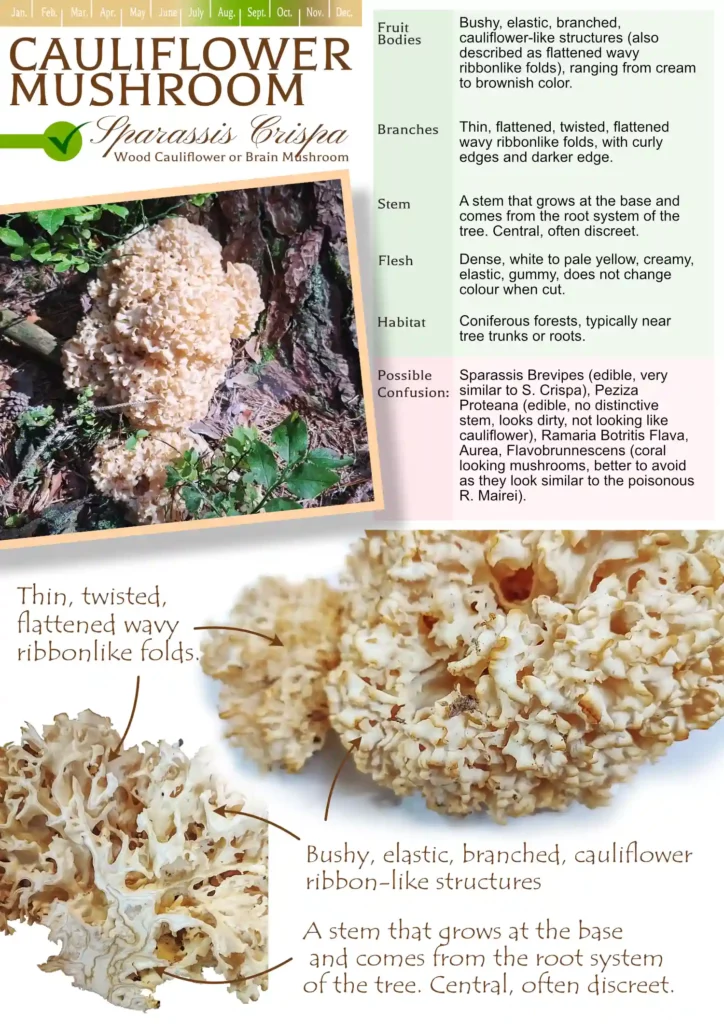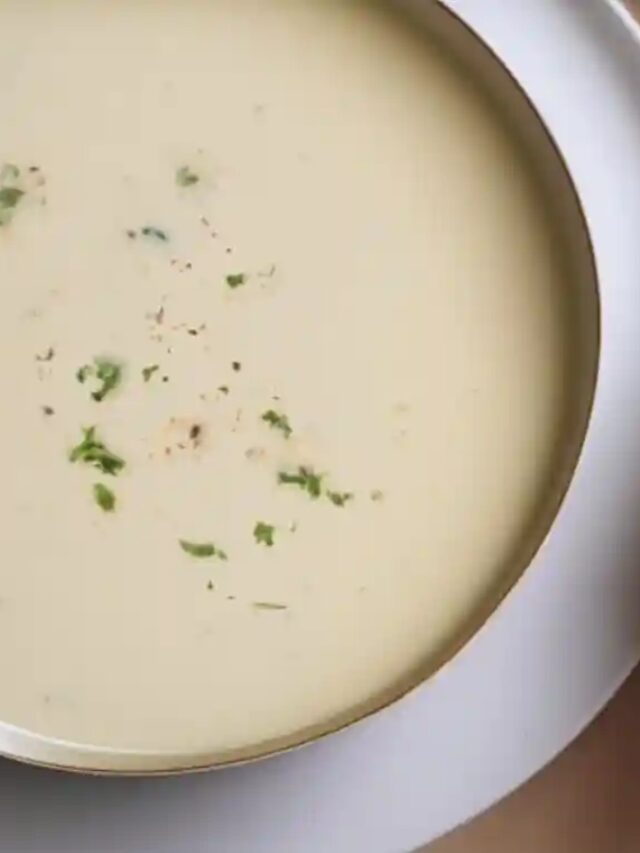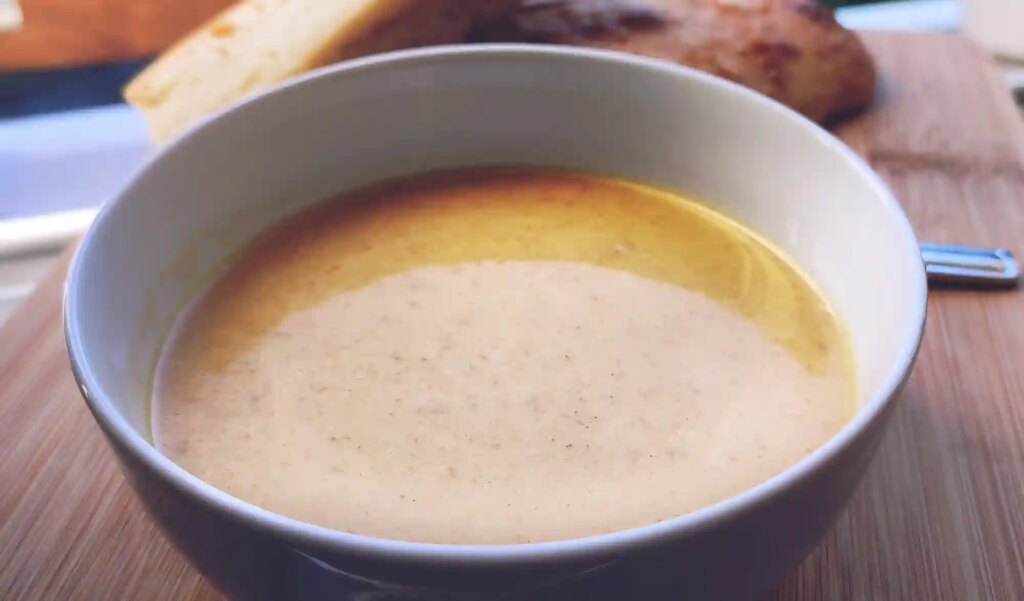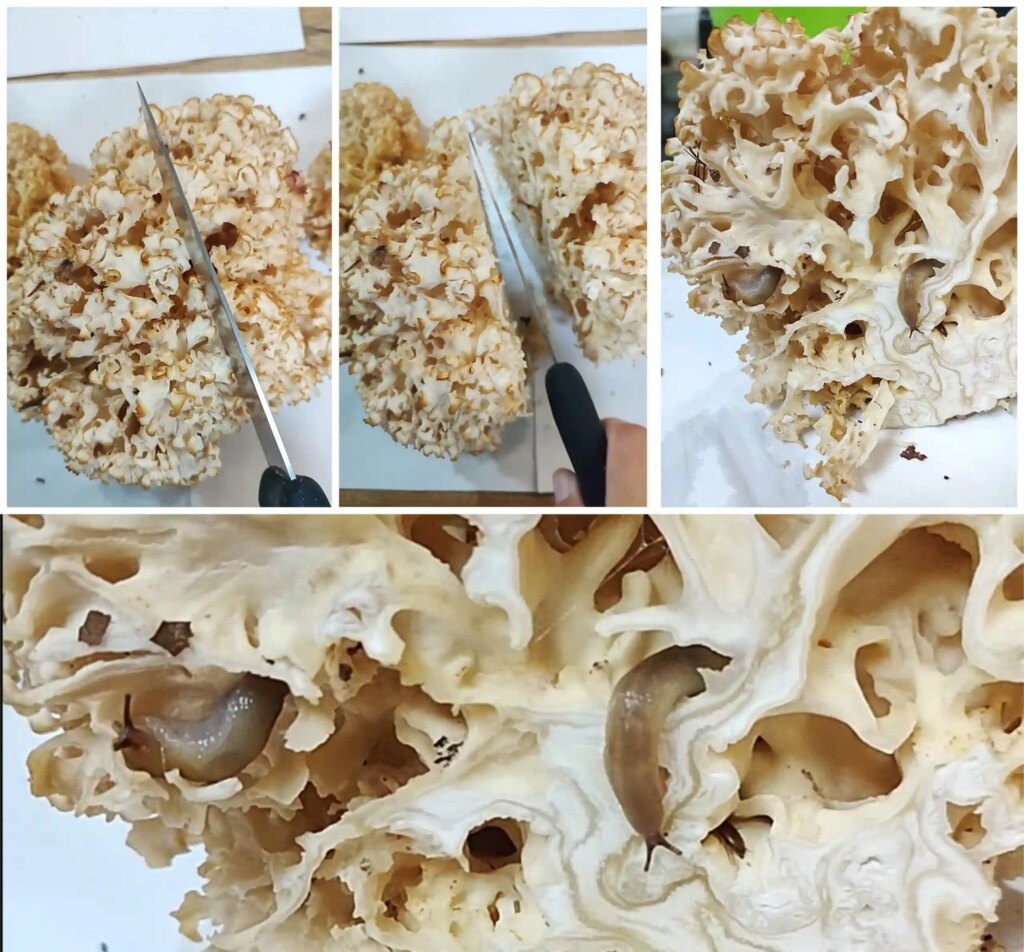Sparassis crispa mushroom, beginner-friendly, edible mushroom. Genus sparassis, goes by several common English names, you might hear it referred to as Cauliflower Mushroom, Cauliflower Fungus, Wood Cauliflower mushroom or Brain Mushroom. Lat. Sparassis crispa
Watch video ID guide for cauliflower mushroom:
Other languages: Krause Glucke as it’s known in German, Kurttusieni in Finnish, Kovrčava kokica in Croatian
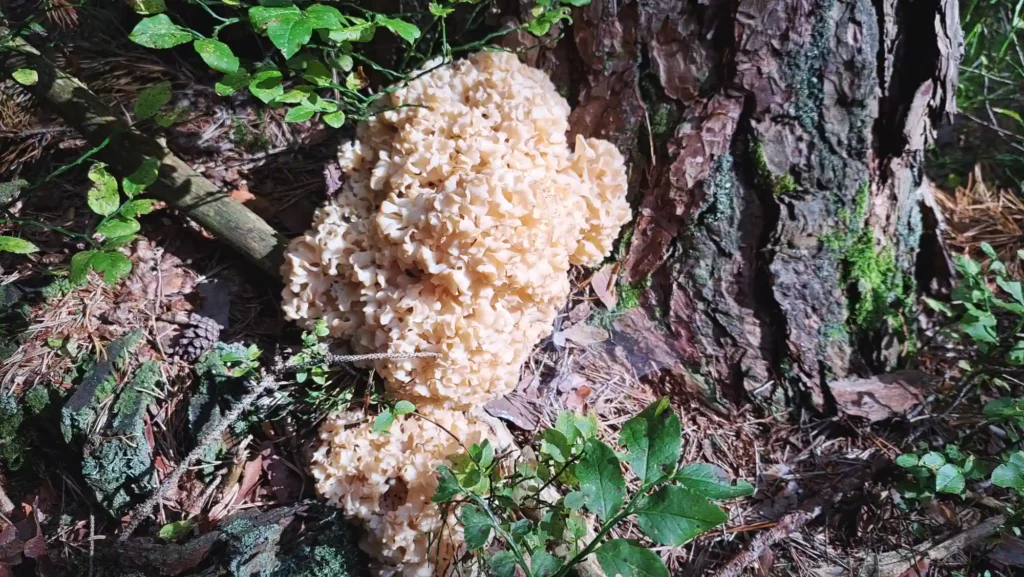
As an enthusiastic mushroom hunter, I live for the thrill of venturing into nature’s wonderland in search of hidden treasures. But few send my senses into overdrive like the cauliflower mushroom(Sparassis Crispa). This funky fungus, cauliflower looking mushroom, has a scent so unbelievably pungent, so fantastically funkified, that it stops me dead in my tracks from metres away.
The great thing about this cauliflower looking mushroom is that it almost has no poisonous look-alikes. As far as I know. The most poisonous look-alikes of the cauliflower mushroom are the coral mushrooms, but if you are paying close attention to what you are picking, mistaking them would be hard.
This is not invitation to go headlessly hunting on cauliflower mushroom, its just my observation that may help you to get into safe foraging. Always consult field guides and licensed mycologist when picking new type of mushrooms. I am not a trained mycologist or health professional.
Table of Contents
Sweet smell of success
I’ll never forget the day I caught the seductive scent of this cauliflower like mushroom from an astonishing 10 meters away. My nose went on high alert, convinced that a cauliflower mushroom (Sparassis Crispa) must be nearby. I was determined to find the source of this delicious smell. After some spirited searching, I finally spotted it, hidden, almost camouflaged, on a nearby hill. Sneaky little stinker! But oh, the sweet smell of success when I stumbled upon it.
The scent of sparassis mushroom is so unique, so overwhelmingly strong in the best possible way, that I can’t resist its siren call. For dedicated foragers like me, the sparassis mushroom is the ultimate olfactory prize. Just one whiff of its intoxicating aroma and I’m hooked.
How to recognise Cauliflower Mushroom(Sparassis Crispa)?
Safety first! Foraging for wild mushrooms can be an exciting adventure! Appreciate the beauty of wild mushrooms, but don’t take any risky bites. With the right knowledge you can forage safely and avoid stomach problems.
Identifying mushrooms is very important. Some mushrooms can be poisonous. Before eating any mushroom you find in the countryside, be 100% SURE you know exactly what it is. Consult field guides or ask experienced mushroom experts to help you identify your mushrooms.
Recognition of Sparassis crispa mushroom in Nature
When you’re out exploring, spotting Sparassis crispa mushroom isn’t as challenging as it might sound. Its appearance is quite striking. Picture a cauliflower look-alike or something like a brain structure, and you’re on the right track. This unique formation is often found growing on the trunks of pine trees. Keep an eye out for its relatively large size and a color that ranges from pale yellow to light brown.
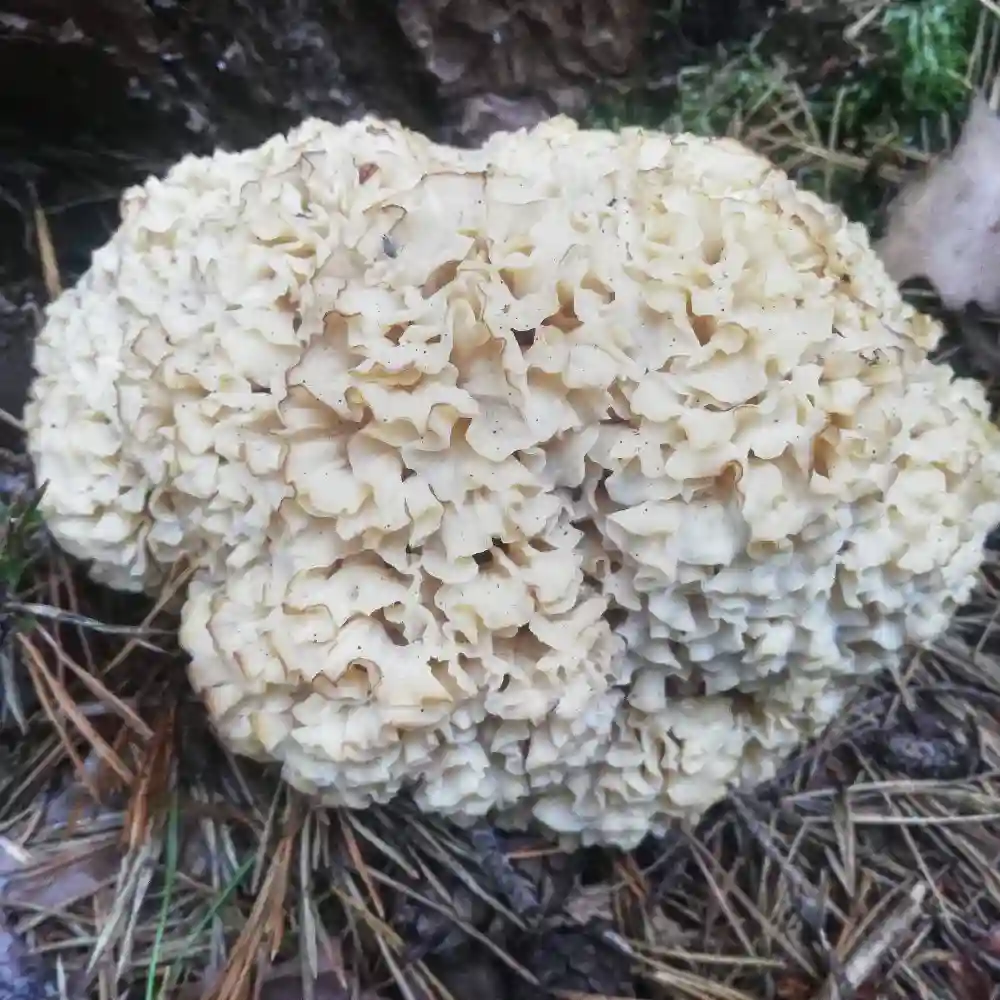
Wood Cauliflower Mushroom Appearance
The fruiting bodies of Sparassis mushroom are quite distinctive. They typically grow to a height of 5 to 20 cm (2 to 8 inches) and can have a diameter of 10 to 40 cm (4 to 16 inches). They look very similar to a cauliflower, with bushy, branched structures that resemble ruffled leaves or a sponge-like mass.
Color Variation
The color can vary from cream, light yellow, and ocher-yellow to brownish as they age.
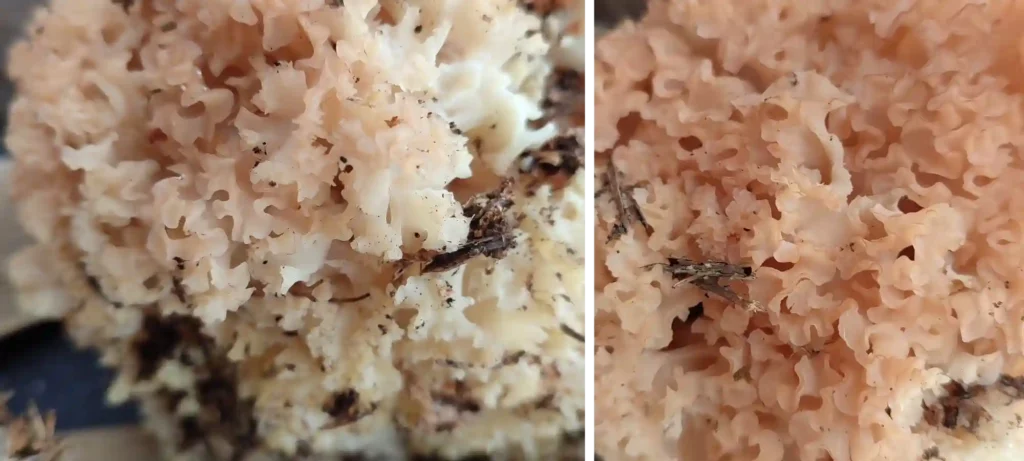
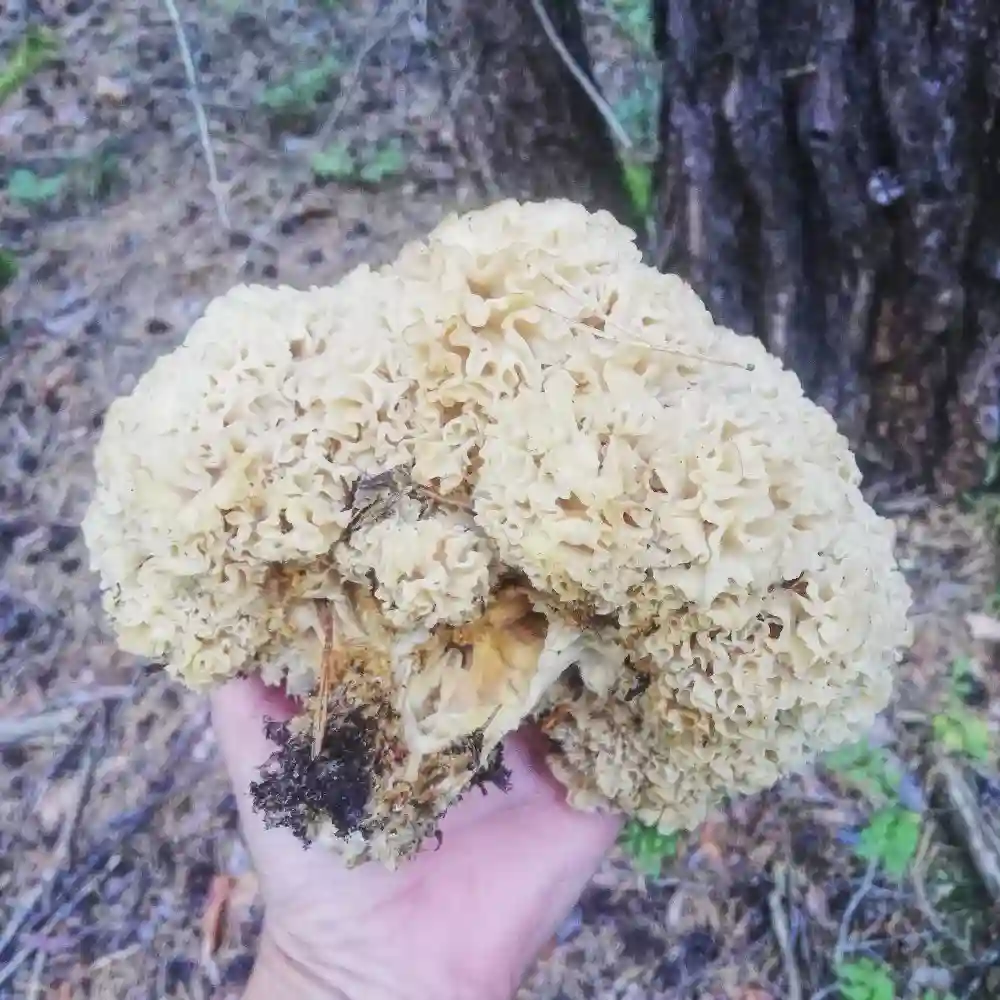
Cauliflower Mushroom Branches
The branches of the Cauliflower Mushroom are thin, flattened, blade-shaped, and twisted. They often have a curly, toothed edge, which adds to their unique appearance.
Cauliflower Mushroom Habitat
Cauliflower Mushrooms are living their best life in coniferous forests, chilling at the base of trees or on roots. They love pine, spruce and fir. But keep your eyes open – spotting cauliflower mushrooms takes a bit of luck.
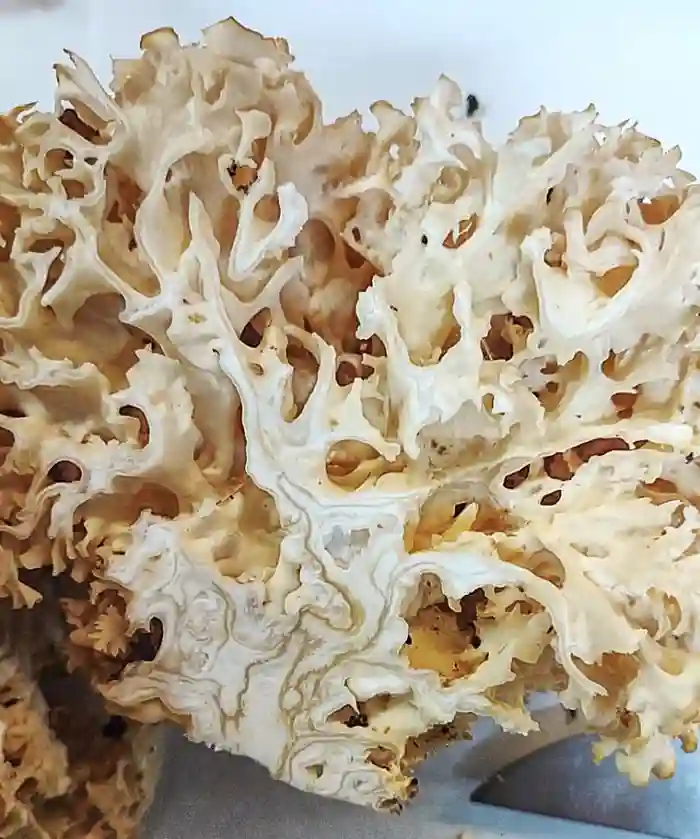
Cauliflower Mushroom Stem
Cauliflower mushrooms don’t really have an obvious stem. It just sort of blends in with whatever it’s growing on. The stem grows to about 9 to 13 cm(3.54 to 5.12 inches) in height, and2 to 5 cm (0.79 to 1.97 inches) wide. It starts out white or yellow but turns brown as the mushroom matures.
Cauliflower Mushroom Flesh
When you cut into the Cauliflower Mushroom, you’ll find dense, white flesh that does not change color upon exposure to air. And it smells nice, aromatic, unique!
Wood Cauliflower Mushroom Spores
Under the microscope, Sparassis Crispa spores look elliptical and measure about 5-7.5 x 3-5 μm. They’re smooth and can be clear, yellowish or white.
Cauliflower Mushroom Spore Print
A spore print usually looks whitish, yellowish or ochre. Super pretty!
Easy Cauliflower Mushroom Identification Guide
Identification Table for the Sparssis Crispa( Wood Cauliflower Mushroom)
| Parts | Description | Speed Check |
|---|---|---|
| Fruit Bodies | 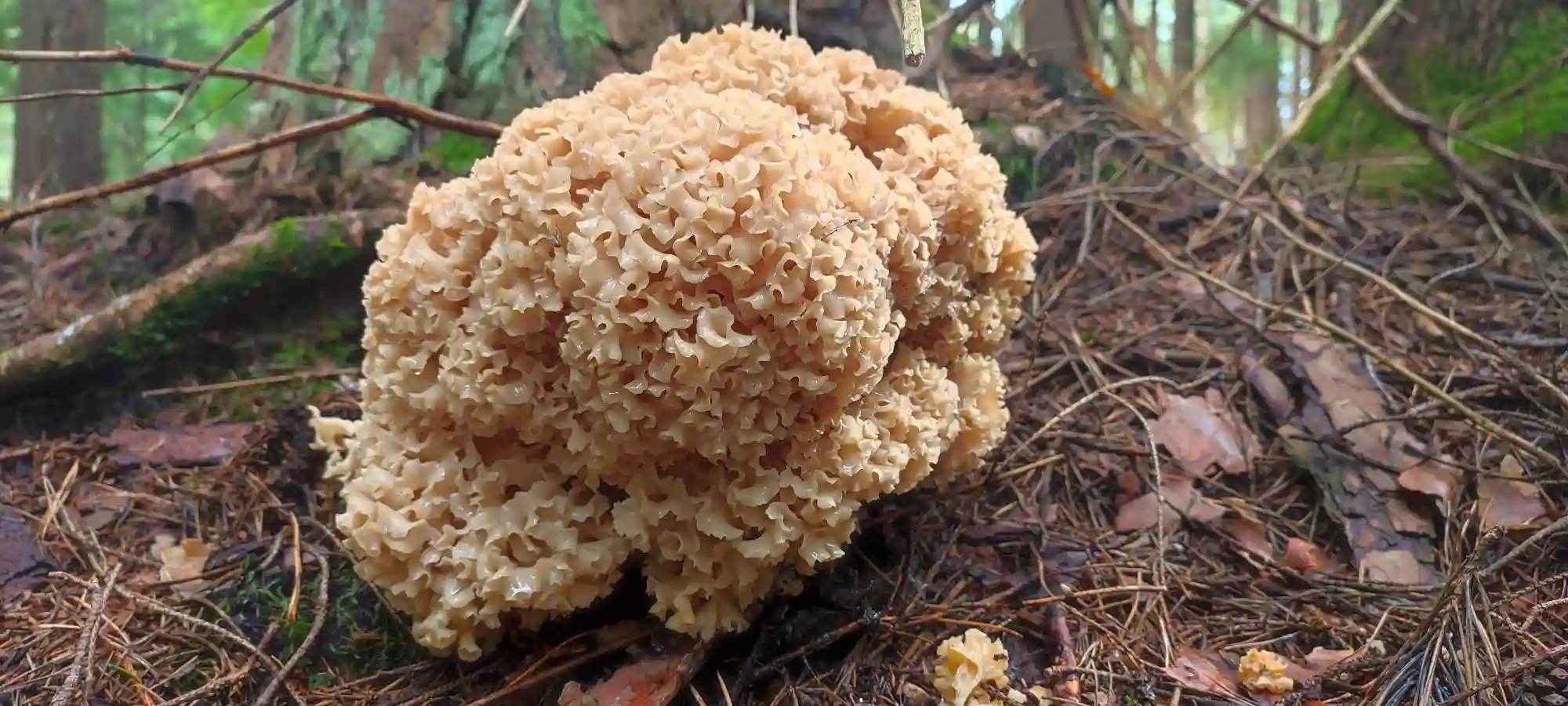 Bushy, elastic, branched, cauliflower-like structures (also described as flattened wavy ribbonlike folds), ranging from cream to brownish color. | Cauliflower looking structures |
| Branches | 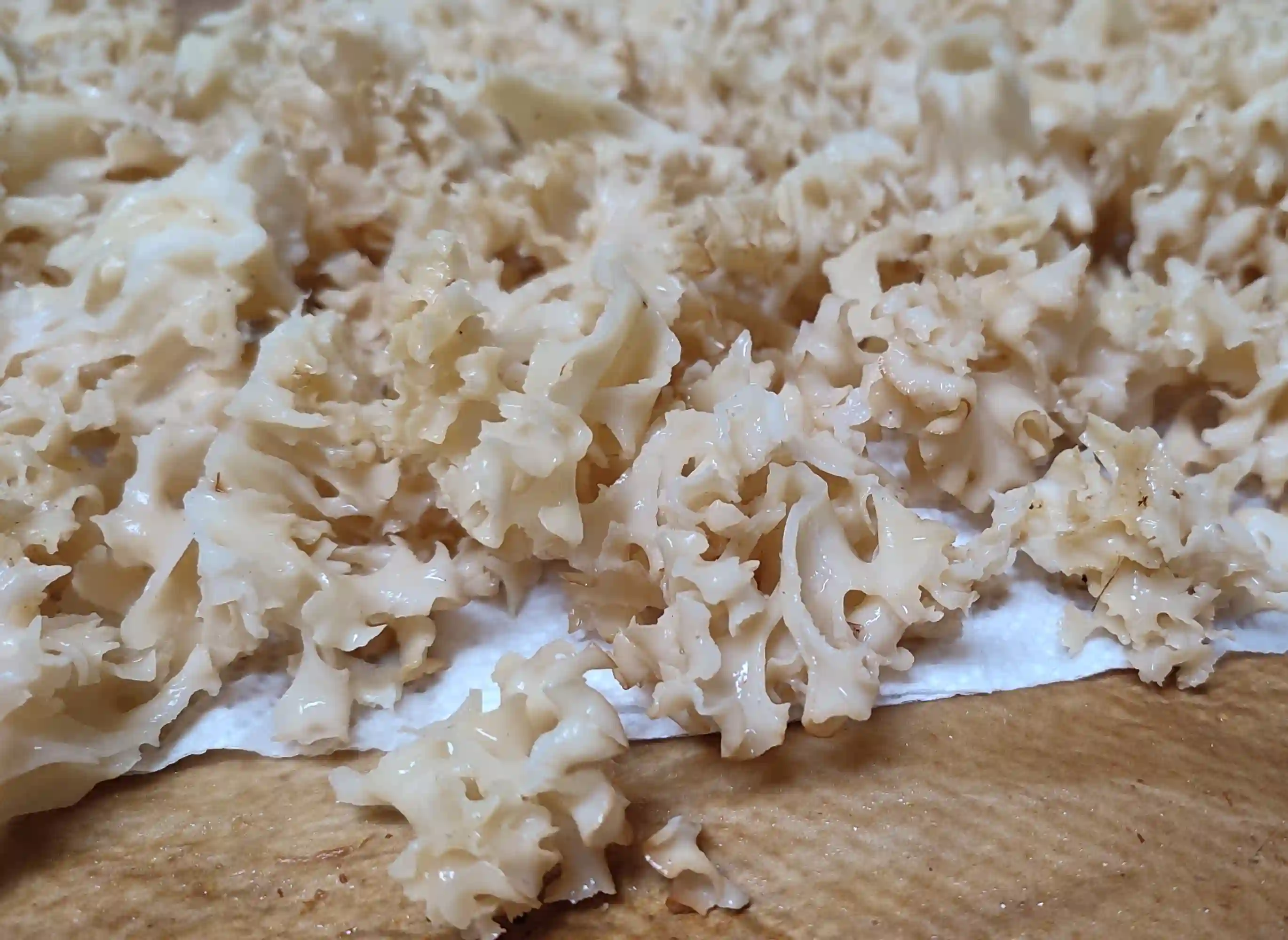 Thin, flattened, twisted, flattened wavy ribbonlike folds, with curly edges and darker edge. | Thin, twisted, flattened wavy ribbonlike folds. |
| Stem |  A stem that grows at the base and comes from the root system of the tree. Central, often discreet. | Confirm stem color and shape when present. |
| Flesh | Dense, white to pale yellow, creamy, elastic, gummy, does not change colour when cut. | White to pale yellow, elastic, dense. |
| Spores | Colorless, white or yellowish. | |
| Habitat | Coniferous forests, typically near tree trunks or roots. | Search in suitable forest habitats, especially around conifers. |
| Doppelgangers | 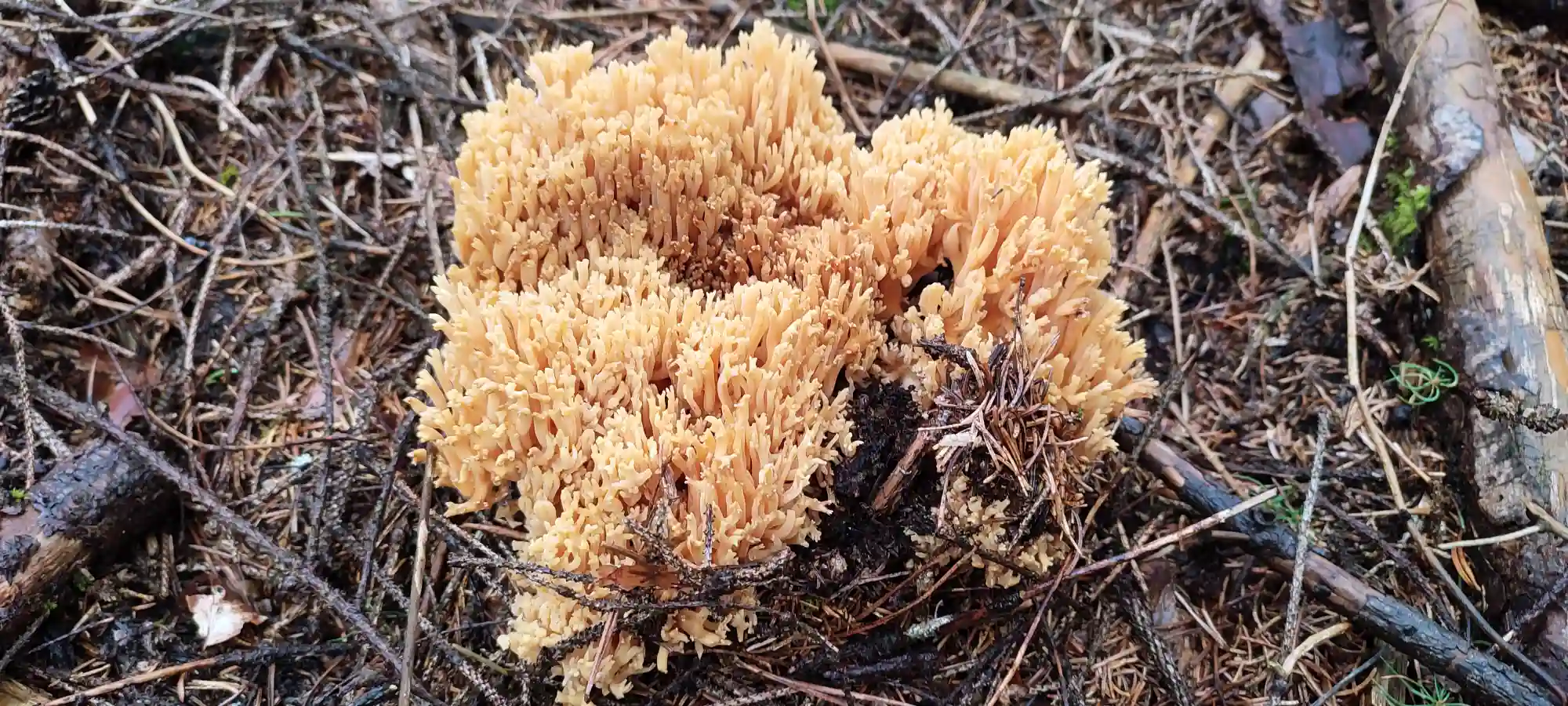 Image shows: Ramaria flavobrunnescens: Cauliflower mushroom dangerous look-alikes Others: Sparassis Brevipes (edible, very similar to S. Crispa), Peziza Proteana (edible, no distinctive stem, looks dirty, not looking like cauliflower), Ramaria Botritis Flava, Aurea, Flavobrunnescens (coral looking mushrooms, better to avoid as they look similar to the posonous R. Mairei). | Carefully compare with known doppelgangers or consult an expert when in doubt. |
Cauliflower mushroom (Sparassis Crispa) poisonous look-alikes?
The good thing about this cauliflower-looking mushroom is that it has hardly any dangerous look-alikes. But that doesn’t mean you shouldn’t look carefully at the mushroom you pick. Some people have mistaken cauliflower mushrooms for coral mushrooms. With mushroom picking always pay close attention to what you have gathered.
If you’re not sure whether you’ve picked up a poisonous look-alike, throw the mushroom away. Better safe than sorry when it comes to mushrooms.
Observe images below:
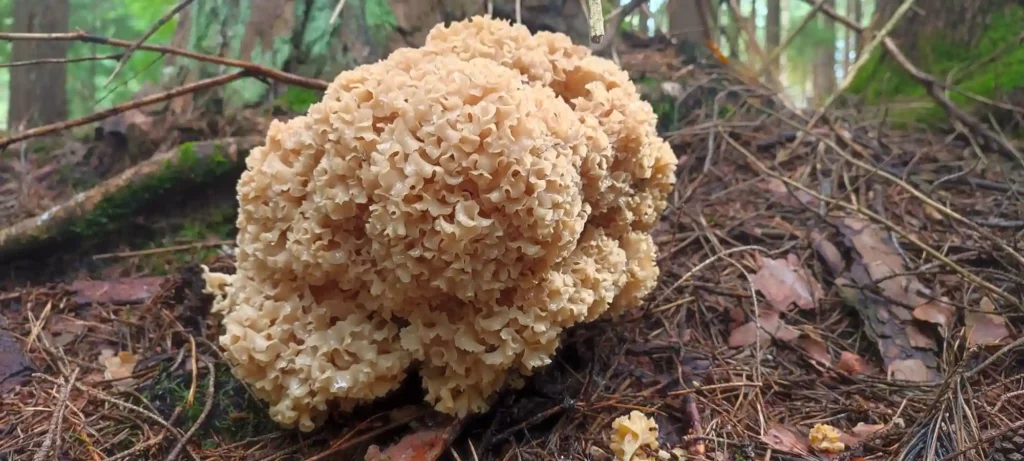
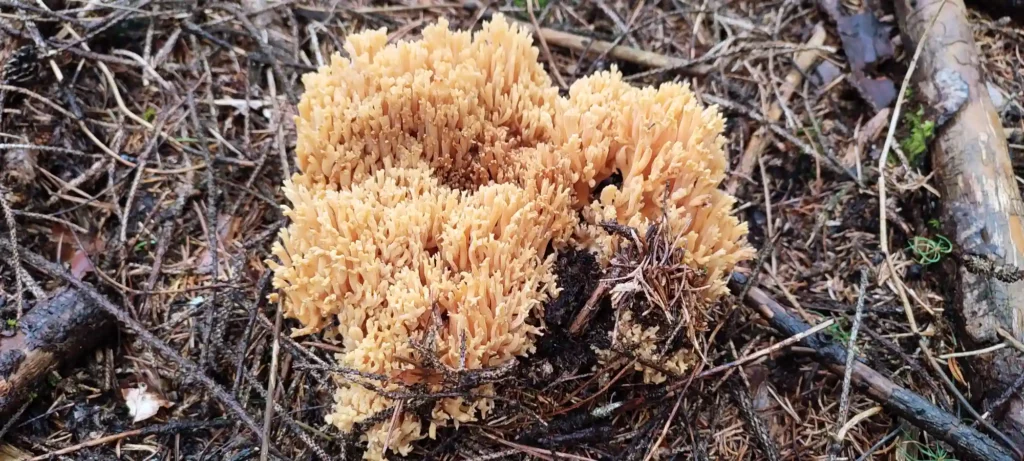
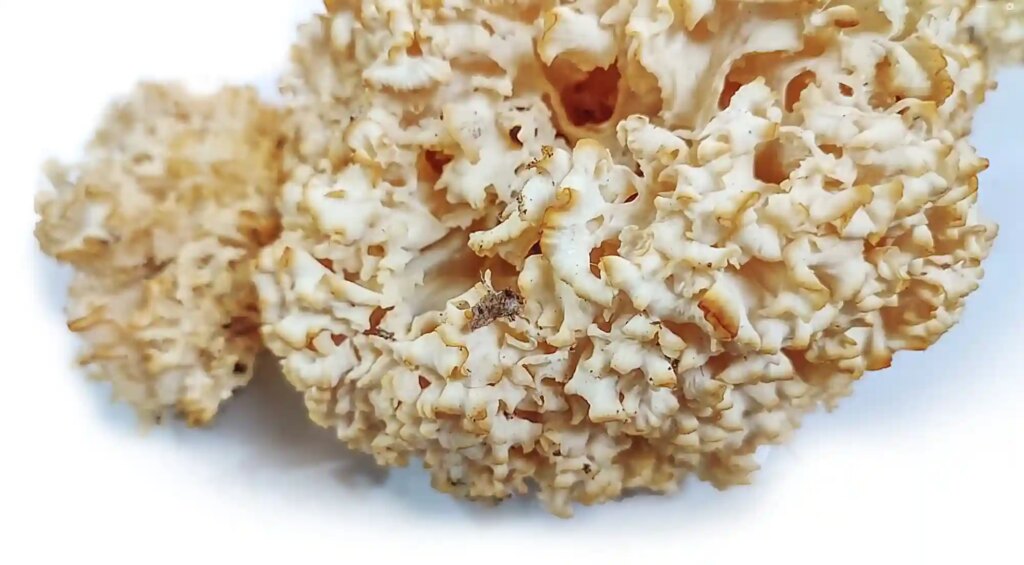
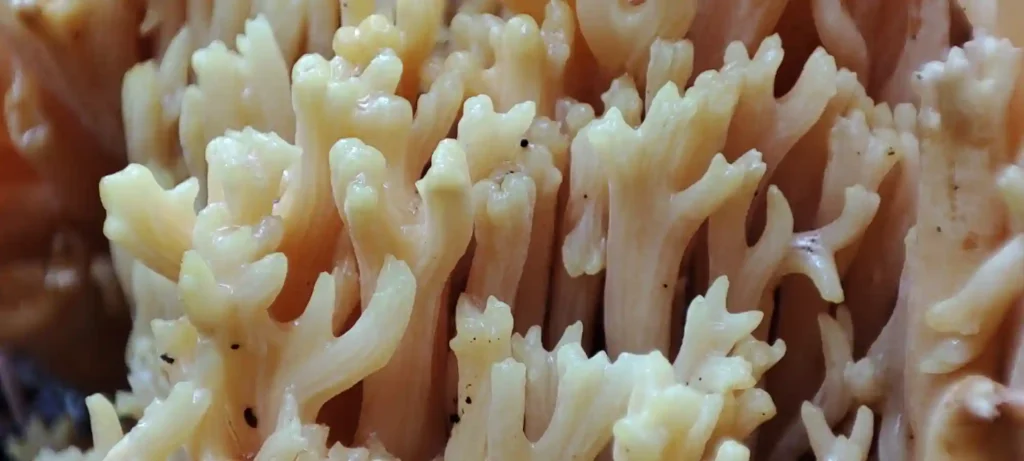
Cauliflower mushroom quick FAQ
Is the cauliflower mushroom edible?
Indeed, the cauliflower fungus, cauliflower mushroom, German Krause Glucke, Kurttusieni finnish, scientifically known as sparassis crispa, is not only a feast for the eyes but also a delicious edible mushroom. Its remarkable appearance and delicious taste make it a sought-after treasure for foragers like myself.
What does sparassis crispa (cauliflower fungus) smell like?
The cauliflower mushroom, or Krause Glucke as it’s known in German, Kurttusieni finnish, has an incredibly distinctive and intense aroma. Its scent is so remarkable that, in the right conditions, it can be detected from several metres away, as I once experienced. The scent is often described as pleasant and musky, which adds to the allure of this forest delicacy.
What does the Cauliflower Mushroom(Sparassis Crispa) taste like?
Imagine a flavor that combines the earthy goodness of mushrooms with the satisfying richness of nuts. That’s the taste you can expect from Sparassis crispa. It’s often described as “nussig-pilzig,” which in simple terms means nutty and mushroom-like. This distinct taste sets it apart from other mushrooms.
What are the health benefits of the sparassis crispa wood cauliflower fungus? What are the effects of cauliflower mushroom?
Beyond its culinary appeal, the cauliflower mushroom has gained attention for its potential health benefits. This fascinating fungus is known to produce compounds such as β-glucan and antifungal agents such as sparassol and methyl-2,4-dihydroxy-6-methylbenzoate. These compounds are associated with various health benefits, including anti-tumour, anti-angiogenic, antimicrobial, antiviral, antioxidant, anti-hypertensive, anti-diabetic and anti-allergic activities. It also contains ergosterol peroxides and benzoate derivatives, which have shown promise in the treatment of human diseases, promoting wound healing, boosting the immune system, inducing cytokines and potentially fighting cancer.
How to use Sparassis Crispa in the Kitchen & Sparassis mushroom recipes
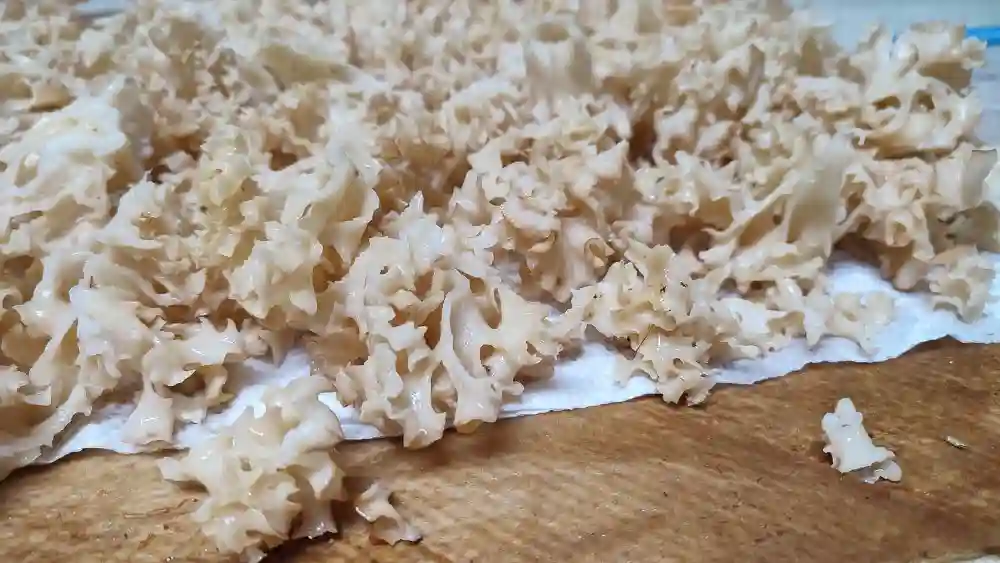
Sparassis crispa can be prepared in a number of ways in kitchen:
Sautéing: Heat a pan with a little butter. Fry the mushroom slices until they are soft and lightly browned.
Soups and stews: Sparassis crispa is a great addition to soups and stews. Add it to your favourite recipes for a unique flavour and texture.
Sparassis mushroom recipes:
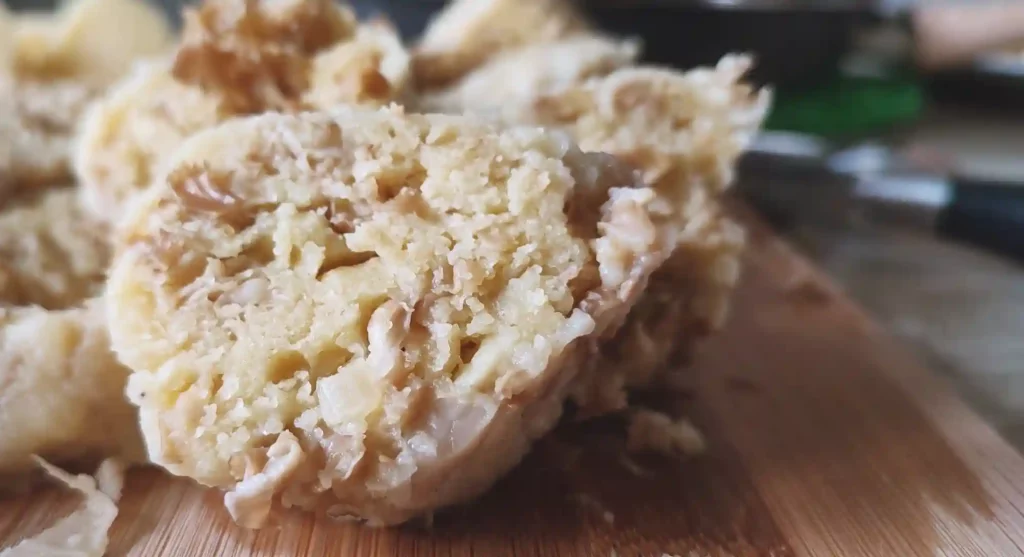
How to clean sparassis mushroom?
Preserving Cauliflower Mushrooms(Sparassis crispa)
If you have more than you can use immediately, consider drying the sparassis crispa mushroom. Of course, you must thoroughly clean and drain the mushroom before using any of the preservation methods.
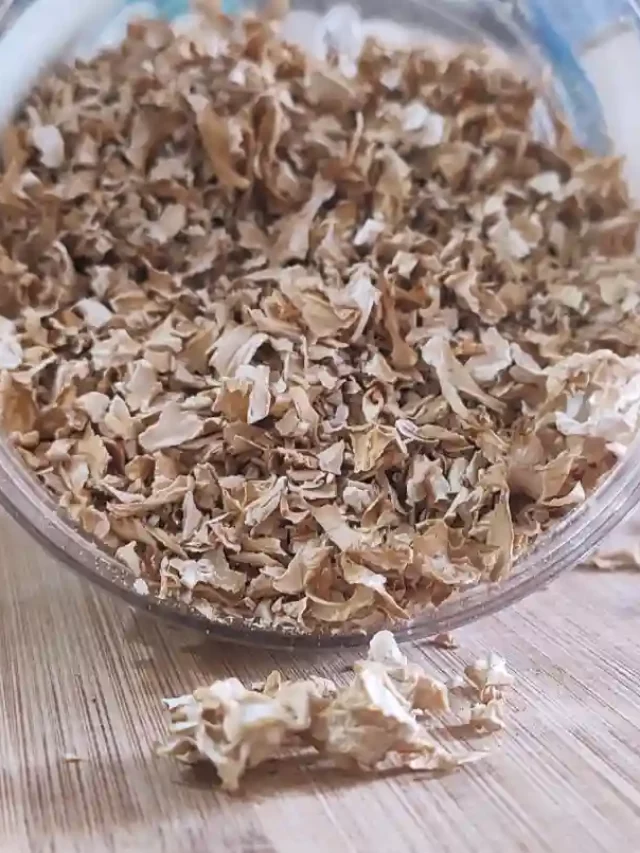
Dried Sparassis Crispa can be reconstituted and used in a variety of dishes while retaining its nutrients.
How to freeze wood cauliflower mushroom?
Freezing is also a great way to preserve Cauliflower Mushroom(Sparassis crispa): place sealed bags or containers in the freezer. Ensure that the temperature in your freezer is at or below 0°F (-18°C) for optimum preservation.
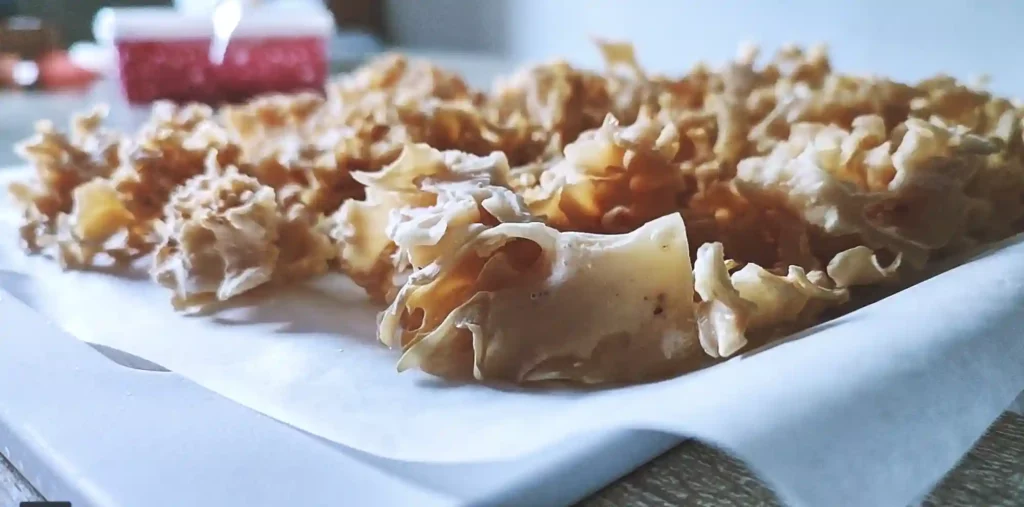
Potential Health Benefits of Cauliflower Mushrooms(Sparassis crispa):
Here’s where Sparassis crispa gets even more intriguing. Based on the study, this mushroom seems to have a lot going for it in terms of potential health benefits:
- Anti-diabetic Activity: It could help with diabetes management by lowering serum glucose levels and insulin levels, while also enhancing nutrient intake.
- Anti-cancer Activity: There’s evidence suggesting it might reduce tumor activity and even impact the survival of cancer cells.
- Anti-inflammatory Activity: It has the potential to bring down inflammation in the body.
- Anti-fungal Activity: It might help combat fungal infections.
- Antioxidant Activity: This means it could contribute to your body’s defense against harmful free radicals.
- Potential Immune System Support: It might have a role in modulating the immune system, aiding in overall health.
Great web resources
On following links find more information about foraging, health benefits and identification of Cauliflower Mushroom (Sparassis crispa)
Ultimate Mushroom – Cauliflower Mushroom(Sparassis crispa)
Wild Food UK – Cauliflower Fungus (Sparassis crispa)
IMA Fungus – Medicinal, nutritional, and nutraceutical potential of Sparassis crispa s. lat.: a review
123pilzsuche – Krause Glucke(Sparassis crispa)

